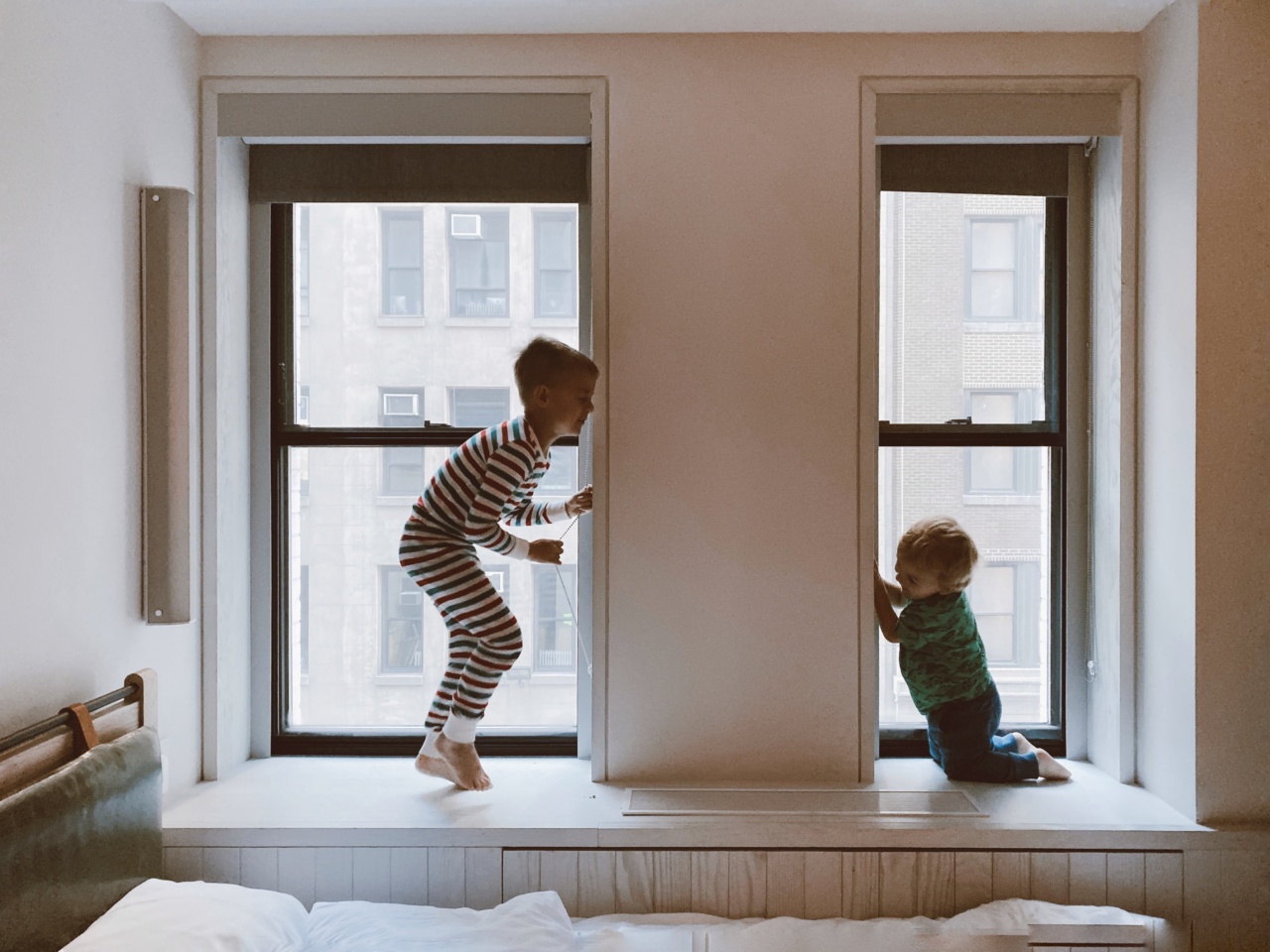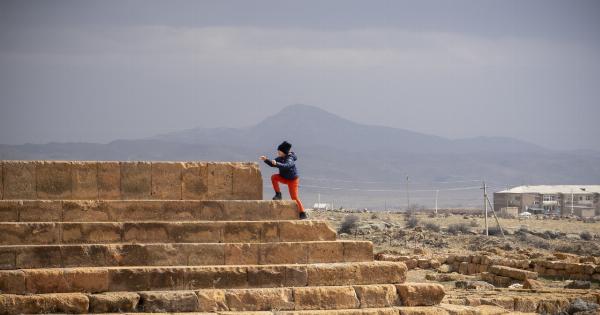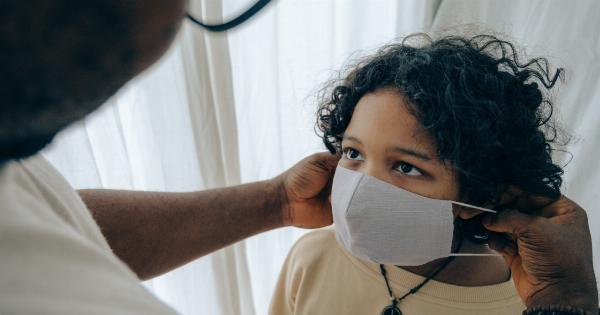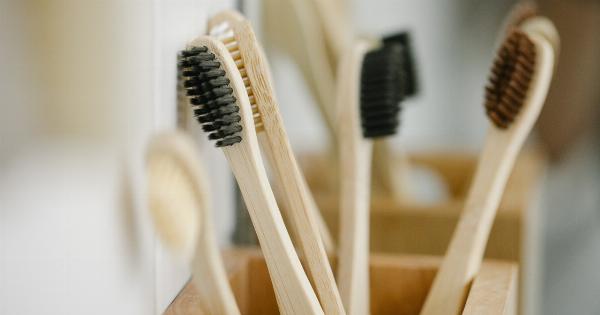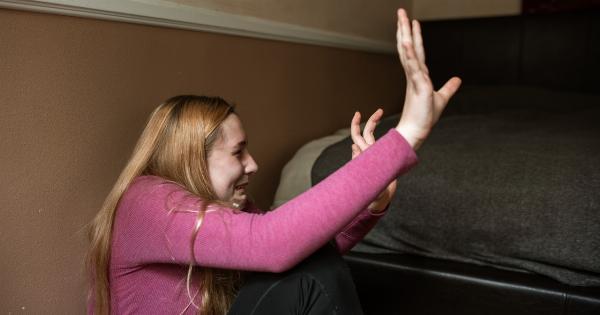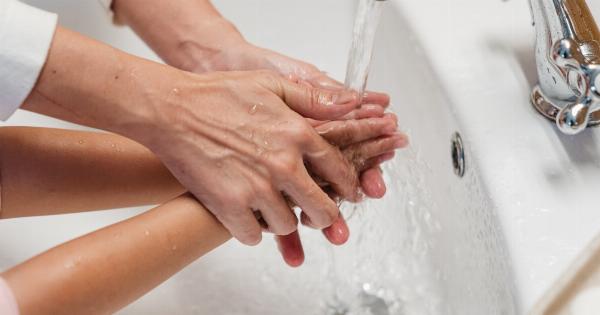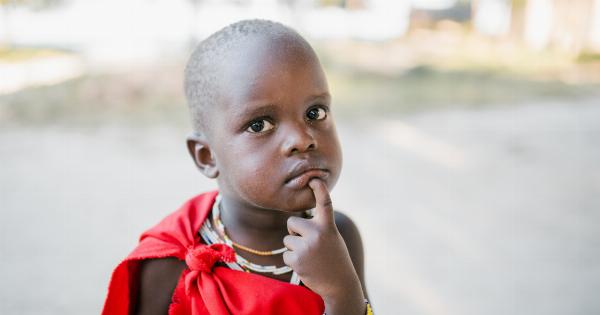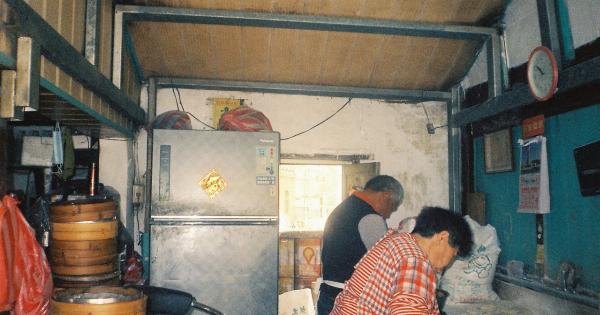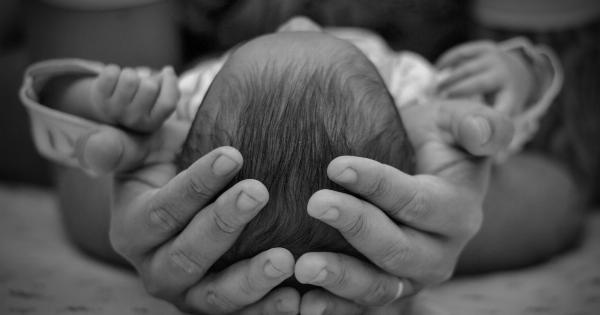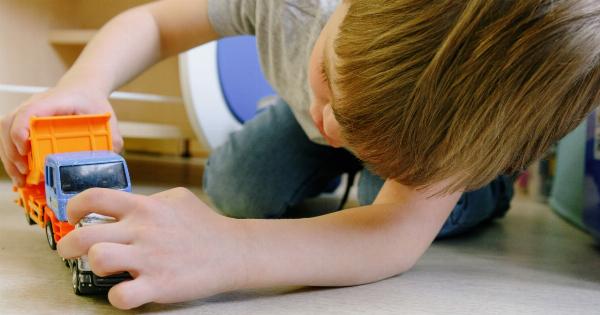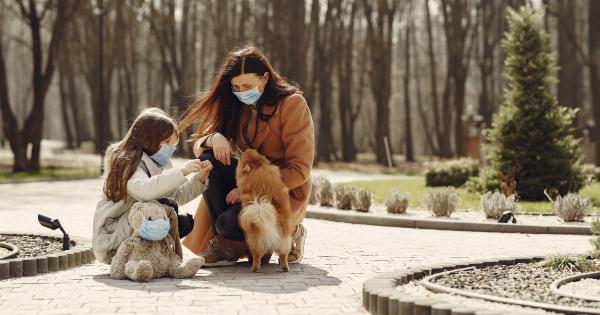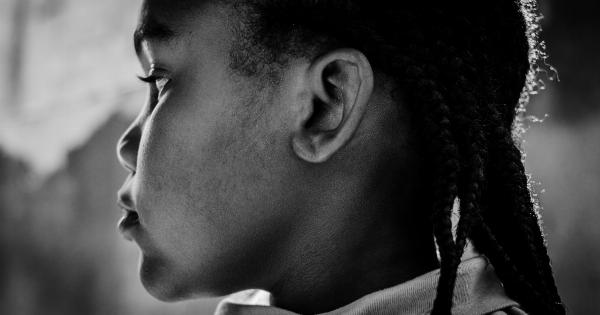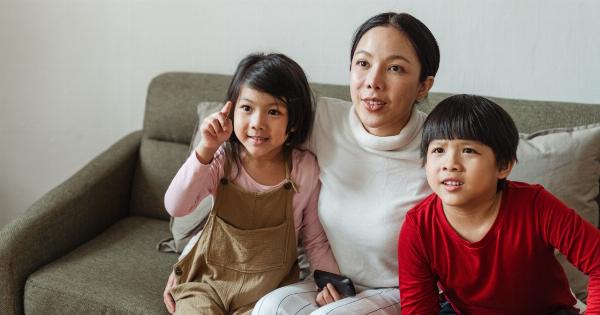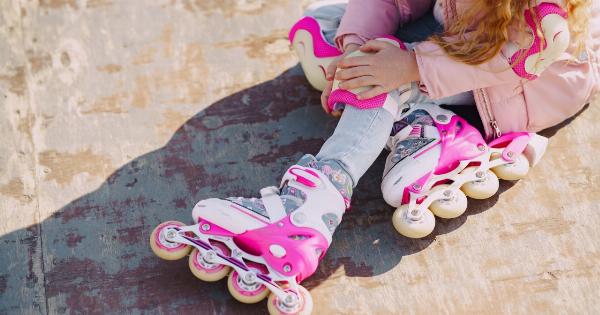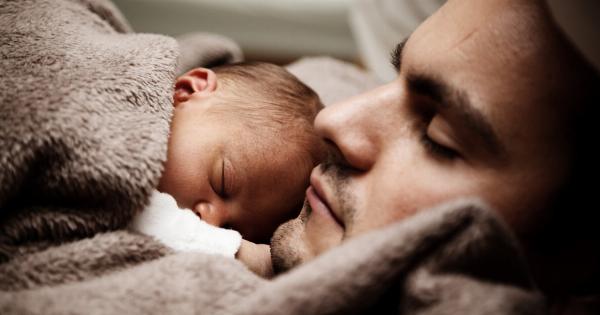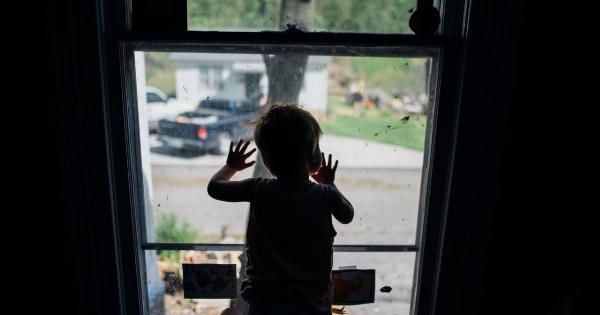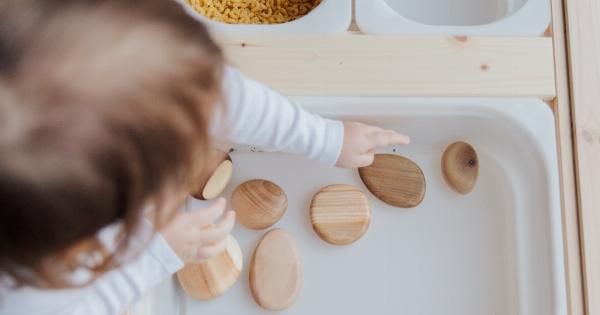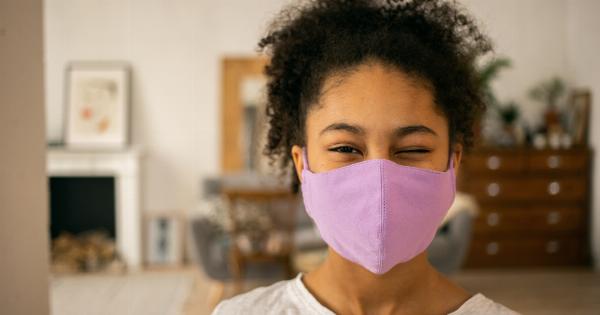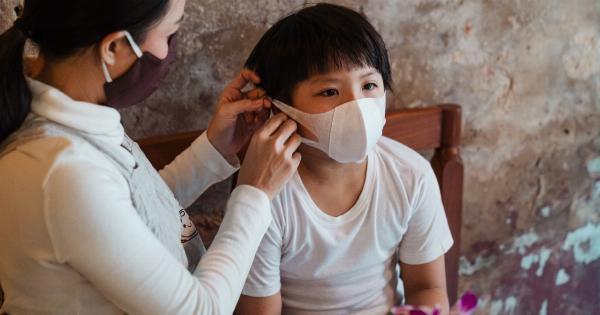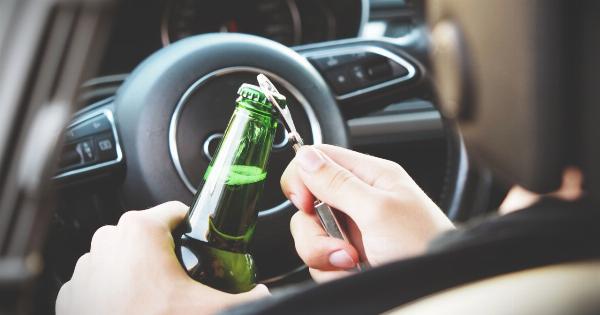Accidents happen, especially when kids are involved. If your child has broken a glass object, it’s important to handle the situation swiftly and safely.
From cleaning up the broken glass to addressing any potential injuries, here’s a step-by-step guide on what to do.
1. Stay Calm and Assess the Situation
The first thing to do is to stay calm and assess the situation. Panicking or rushing can lead to hasty decisions that may be unsafe.
Take a moment to evaluate whether your child or anyone else is injured and the extent of the damage caused by the broken glass.
2. Remove Children from the Area
If there are other children nearby, it’s crucial to remove them from the area where the glass has broken. This prevents them from accidentally stepping on the shards or getting injured in any way.
3. Attend to Any Injuries Immediately
If your child or anyone else is hurt, attend to their injuries immediately. Apply pressure to any bleeding wounds with a clean cloth or bandage and seek medical assistance if necessary. Prioritize the well-being and safety of everyone involved.
4. Secure the Broken Glass Area
Next, it’s important to secure the area where the glass has broken. This can be done by cordoning off the space with caution tape or using physical barriers to prevent anyone from accidentally entering the area.
This step reduces the risk of further injuries and ensures that the cleaning process can be carried out safely.
5. Gather the Proper Cleaning Materials
Before starting the cleanup, gather the appropriate cleaning materials. These may include thick gloves, a broom and dustpan, a vacuum cleaner with a hose attachment, newspapers or towels, and a sturdy trash bag.
By having these items ready, you can efficiently and safely remove the broken glass.
6. Safely Collect the Broken Glass
Once you have the necessary cleaning materials, it’s time to collect the broken glass. Put on your gloves to protect your hands and carefully pick up the larger glass fragments using your hands or a pair of tongs.
Be cautious not to apply excessive pressure that could cause injury.
7. Use a Broom and Dustpan for Smaller Fragments
For smaller glass fragments that are difficult to pick up by hand, use a broom and dustpan. Slowly and gently sweep the area, ensuring you collect all the tiny shards.
Be thorough in your cleaning to avoid leaving behind any fragments that could potentially cause harm later on.
8. Vacuum the Area
After removing the visible broken glass, it’s recommended to vacuum the area to ensure any tiny glass particles are completely removed. Use a vacuum cleaner with a hose attachment and run it over the affected area.
Empty the vacuum bag or canister afterward to prevent glass shards from causing damage in the future when using the vacuum again.
9. Dispose of the Glass Properly
Proper disposal of the broken glass is crucial for safety reasons. Place all the collected glass fragments in a sturdy trash bag, ensuring it is tightly sealed.
Label the bag as “Broken Glass” to alert waste management personnel of its contents. If your local recycling center accepts glass, consider recycling the shards responsibly.
10. Inspect the Area Once More
After the cleaning process is complete, take a final look at the area to make sure no glass fragments remain. Run your fingers gently over the floor or any nearby surfaces to confirm their cleanliness.
This extra step helps ensure the safety of everyone who uses the space.
Conclusion
Dealing with a broken glass incident involving your child can be a stressful experience. By following these steps and remaining calm, you can effectively handle the situation and ensure the safety of your child and others.
Remember that prevention is key, so taking precautions to minimize the risk of glass-related accidents can go a long way.
